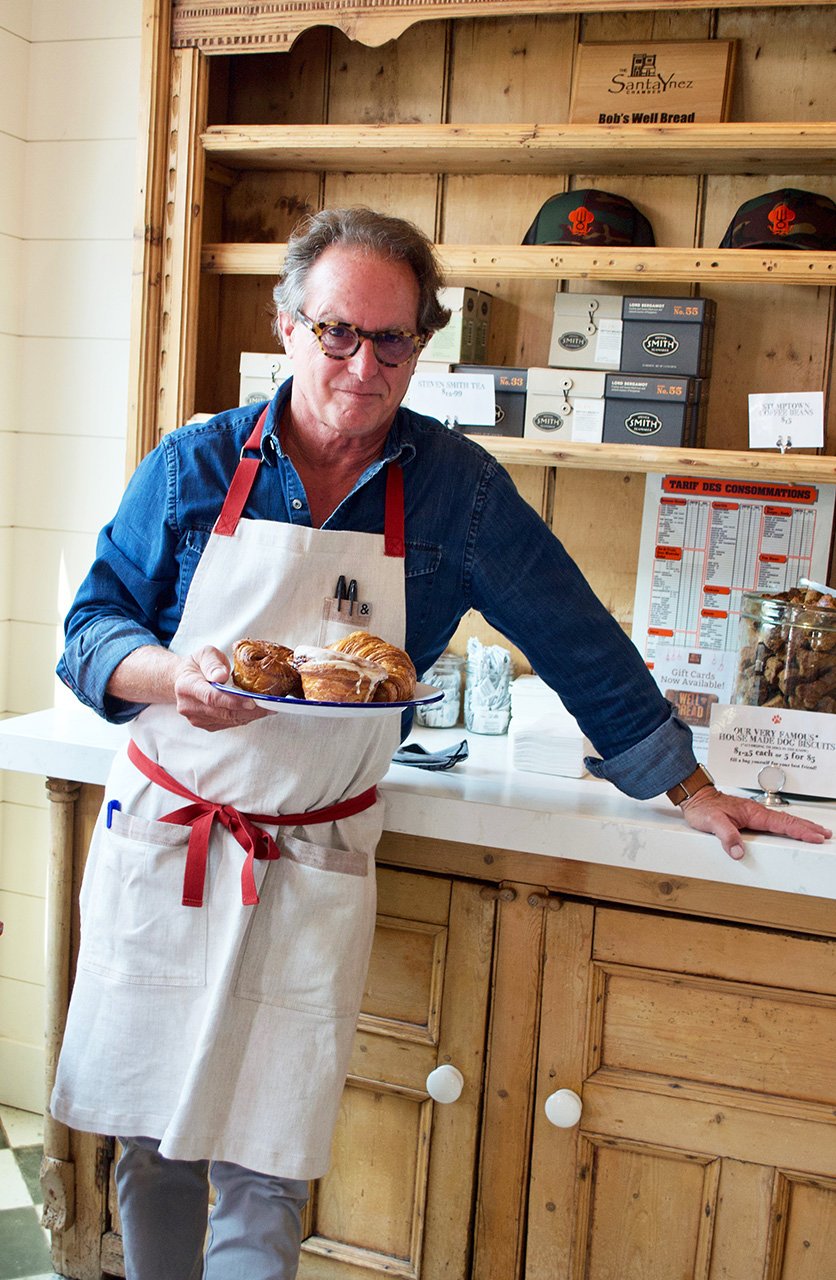Flatbread, a staple in many cuisines around the world, has been a cornerstone of culinary tradition for thousands of years. From the crispy crust of Italian pizza to the soft, fluffy texture of Indian naan, flatbread is a versatile and delicious canvas for a wide range of flavors and toppings. But beyond its role as a food staple, flatbread holds a special place in the hearts and cultures of people worldwide, representing community, hospitality, and the simple joys of life.
One of the most significant aspects of flatbread is its ability to bring people together. In many Middle Eastern and Mediterranean cultures, flatbread is a central component of mealtimes, often served with dips, stews, and other dishes that encourage sharing and communal eating. The act of tearing into a warm, freshly baked flatbread and dipping it into a savory sauce or olive oil is a sensory experience that transcends mere sustenance, evoking feelings of comfort, warmth, and togetherness.
Flatbread also holds significant cultural and historical significance, with various types and preparations reflecting the unique traditions and ingredients of different regions. For example, the Indian subcontinent is home to a staggering array of flatbreads, each with its own distinct flavor profile and texture, from the buttery, layered paratha to the delicate, crispy papadum. Similarly, in Ethiopia, the sourdough flatbread known as injera is a staple food, used both as a utensil to scoop up stews and salads and as a symbol of hospitality and generosity.
In terms of its nutritional benefits, flatbread can be a relatively healthy option, especially when made with whole grains and minimal ingredients. Many types of flatbread are low in calories and rich in fiber, making them an excellent choice for those looking to manage their weight or improve their digestive health. Additionally, flatbread can be a good source of various essential nutrients, including iron, potassium, and B vitamins, depending on the type of flour and ingredients used.
Despite its many benefits and cultural significance, flatbread has also faced challenges in recent years, particularly with the rise of industrialized bread production and the increasing popularity of more refined, processed bread products. Many traditional flatbread recipes and techniques are at risk of being lost, as younger generations turn away from traditional cooking methods and towards more convenient, store-bought options.
However, there is a growing movement to preserve and promote traditional flatbread-making techniques, with many artisanal bakers and chefs working to revive and innovate upon classic recipes. This renewed interest in flatbread is not only helping to preserve cultural heritage but also promoting a more sustainable and healthy approach to bread production, one that emphasizes local ingredients, minimal processing, and a deeper connection to the food we eat.
In conclusion, flatbread is more than just a food staple – it’s a symbol of community, hospitality, and the simple pleasures of life. Whether you’re tearing into a warm pita in a Middle Eastern marketplace or biting into a crispy slice of pizza in a Italian trattoria, flatbread has the power to bring people together and evoke feelings of comfort, joy, and connection. As we continue to navigate the complexities of modern life, it’s more important than ever to cherish and preserve this ancient, versatile, and delicious food tradition.
What are some of the most popular types of flatbread around the world?
+Some of the most popular types of flatbread include pita, naan, tortilla, chapati, and injera. Each of these has its own unique flavor profile, texture, and cultural significance, reflecting the diverse traditions and ingredients of different regions.
What are some of the nutritional benefits of flatbread?
+Flatbread can be a relatively healthy option, especially when made with whole grains and minimal ingredients. Many types of flatbread are low in calories and rich in fiber, making them an excellent choice for those looking to manage their weight or improve their digestive health.
How can I make flatbread at home?
+Making flatbread at home is relatively simple and requires only a few ingredients, including flour, water, yeast, and salt. There are many recipes and techniques available online, ranging from traditional to innovative and experimental. Some popular methods include using a cast-iron skillet, a pizza stone, or a wood-fired oven to achieve a crispy crust and smoky flavor.
As we explore the rich and diverse world of flatbread, we begin to appreciate the many ways in which this simple, ancient food has captured the hearts and imaginations of people around the globe. Whether you’re a seasoned baker, a curious foodie, or simply someone who loves the taste and aroma of freshly baked bread, flatbread is sure to delight and inspire, offering a culinary journey that is both deeply personal and universally relatable.
In the realm of culinary innovation, flatbread has emerged as a versatile canvas for creative expression, with many chefs and bakers experimenting with new ingredients, techniques, and flavor combinations. From the spicy kick of Korean kimchi to the rich, buttery flavor of French croissants, the possibilities for flatbread are endless, reflecting the boundless creativity and diversity of human cuisine.
As we look to the future of flatbread, it’s clear that this ancient food tradition will continue to evolve and adapt, reflecting changing tastes, technologies, and cultural exchange. Yet, despite the many changes and innovations that lie ahead, the essence of flatbread remains unchanged – a symbol of community, hospitality, and the simple joys of life, reminding us of the power of food to bring people together and transcend borders, cultures, and time.
In the words of a wise old baker, “Flatbread is not just a food, it’s a way of life – a way of connecting with others, of sharing in the joys and struggles of human experience, and of finding meaning and purpose in the simple, everyday moments that make life worth living.” As we slice into a warm, freshly baked flatbread, we are reminded of the enduring power of this ancient food tradition, a power that transcends time, culture, and geography, speaking directly to our hearts and souls.


